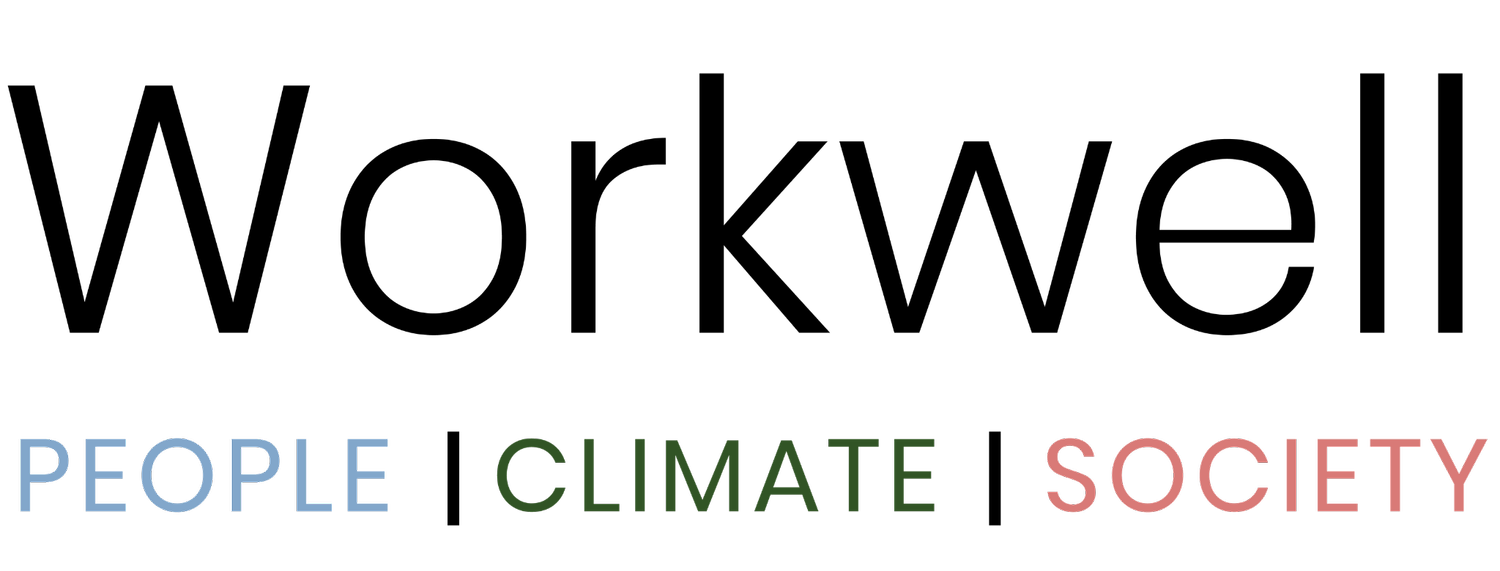The essential role of HR in workplace design
Sign up to our event: Hybrid working - why engagement matters, to discuss the role of HR and employee engagement in hybrid working and workspace planning projects.
Following the UK lockdowns, many businesses are redesigning the way their teams work and considering downsizing or reassessing their offices, as the way we work has permanently moved forward into adopting a hybrid working strategy.
When considering new hybrid working projects that are integrated with a workspace design, commonly our clients focus on the new workspace - rightly so, it is exciting - but the role of HR in the project is just as important; and needs to be prioritised. A modern new space with collaborative spaces, focused working areas, quiet space and more, will go un-touched in a workplace culture that still promotes traditional ways of working.
Generally, workplace design projects are decided on by senior management, based on financial information, and logistical reasons such as being closer to customers of the market (Burtt-Jones, 2015).
But as the way we all work evolves, it is important to steer away from that outdated method, so that HR can play a strategic role that creates employee experiences in the workspace to encourage collaboration (JLL).
In order to align the new way of working through hybrid strategies, businesses should consider the physical and digital environment, the way people meet and interact, how managers spend their time, how they engage etc. (Eltringham, 2017) - New way of working = new collaborative space to do so.
“Good design is invisible. Good design enables users, it is purposeful and thoughtful. Good workplace design can articulate the company’s core values, help reflect and express its culture and promote inclusion. Organizations that integrate culture first design principles and workplaces that articulate philosophies and values are more likely to meet with success.”
- Michelle McLaughlin, Client Development, Project and Development Services, JLL Canada (JLL)
Brunt-Seymour, (2017) states the importance of HR departments engaging with employees before, during and after a redesign project. Firstly by finding out what people need, shifting from ‘human resources’ to ‘responsibility of the employee life cycle and experience’, being able to harness views from a range of perspectives including: wellbeing, psychology, productivity patterns, behaviour styles. Additionally, engagement with employees at an early stage in the process is a great way to demonstrate that the organisation is listening to employee views and opinions - keeping people happy and patient - as implementing a new way of working both physically and strategically, takes time, and trial and error.
Our tried and tested five stage implementation process focuses on all of this best practice, particularly in the engagement at all stages of the project with employees, in the form of surveys, workshops and focus groups.
“Kristal pushed us to come up with a solution that was ahead of the curve, I think, and certainly ahead of where we would have come to ourselves. She was always available and willing to support, always showed up ready, really understood us all and became a seamless member of the team.”
- Jackie Hartwell, Head of HR and Talent, IOP Publishing
Continuously engaging with employees and having this information integrated throughout the hybrid working project and workplace redesign, ensures fit for purpose and can contribute to improved health and wellbeing, increased productivity and ultimately increased retention (Burtt-Jones, 2015).
We can implement a complete hybrid transformation for your company, building equitable and transparent hybrid working models, policies and guidance and workplace evaluations and designs. Get in touch at hello@workwellpcs.co.uk and join our mailing list.

